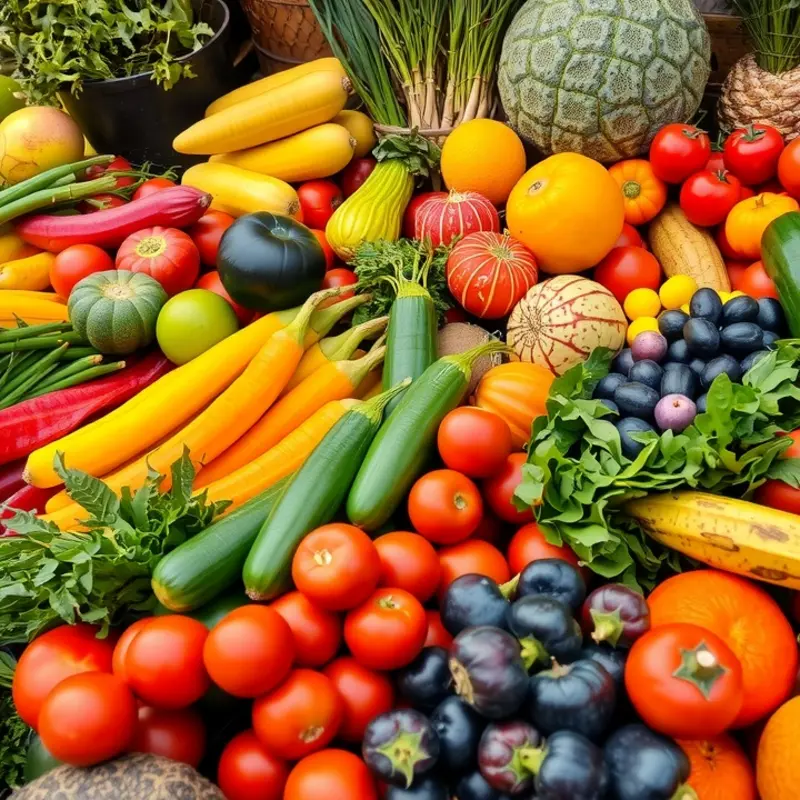Resting dough might seem trivial, but it’s a critical step in baking that can elevate your bread and pastries to new heights. No matter your experience level in the kitchen, understanding how to properly rest dough can enhance texture, flavor, and overall quality. Let’s delve into the simple yet effective techniques for achieving perfectly rested dough.
Understanding Dough Resting: Why It Matters

Resting dough is more than just a recommended step in baking; it is a critical process that transforms the texture and flavor of bread and pastries. The science behind dough resting primarily involves gluten development, moisture management, and flavor enhancement. Each of these factors plays a vital role in achieving baked goods with superior results.
When it comes to gluten, the protein network that forms during dough mixing, resting allows the dough to relax and develop to its fullest potential. This resting period enables the gluten strands to re-orient themselves into a network capable of trapping gases released by yeast or other leavening agents. For breads requiring a strong, elastic crumb, like sourdough or baguettes, resting is crucial. Proper gluten development translates to better volume, a chewy texture, and an appealing crumb structure.
Moisture management is another essential aspect of dough resting. During this time, flour particles can absorb water more uniformly, which reduces stickiness and enhances dough handling. This is particularly relevant for dough types that are higher in hydration, such as ciabatta or pizza dough. Resting also allows for enzymatic activity to take place, breaking down starches into sugars, which further contributes to the dough’s texture and rise.
Flavor enhancement is the hidden gem of resting dough. As the dough rests, fermentation takes place, leading to a richer flavor profile. This process is vital in doughs like croissants or laminated pastries, where the development of a complex flavor without compromising on flakiness is key. Longer resting times enhance these flavors, adding depth that simply cannot be achieved through other methods.
Understanding the types of dough and how each benefits from resting enables home bakers to make informed decisions. For instance, short crust or pie doughs should be rested to allow the fats to firm up, aiding in achieving that perfect crumbliness without shrinking during baking. In contrast, doughs like puff pastry benefit from frequent resting during the folding process to maintain distinct layers and optimal rise.
While many doughs improve with resting, it’s important to note that not all doughs need the same treatment. Over-resting some doughs can lead to excessive fermentation, resulting in an overly tangy flavor or a dough that’s lost its leavening power. Therefore, understanding the characteristics of each dough type is crucial.
For those exploring ways to reduce waste or optimize storage conditions while their dough rests, it might be helpful to consider eco-smart kitchen storage solutions. These can ensure that your dough stays fresh and continues to develop air-tight without the need for excessive wraps or containers.
In sum, the art of resting dough is a transformative skill for any home baker. Equipped with this knowledge, you can tailor your baking process, ensuring that every loaf or pastry you create has the ideal texture, flavor, and rise.
Practical Steps for Resting Dough Like a Pro

Resting dough is critical for texture and flavor. Each type of dough benefits from specific resting strategies, but all require careful attention to timing, temperature, and coverage. Let’s delve into practical methods to enhance your dough resting technique.
Timing is Key
The amount of time dough needs to rest depends on its type. Yeast doughs, like those for bread or rolls, typically need one to two hours. This allows yeast to ferment sugars, producing gases that make the dough rise. Increasing the resting time can deepen flavor, so overnight resting in the fridge is ideal for some recipes.
For non-yeast or lean doughs, such as those used in pasta or certain pastries, resting times are shorter, around 30 minutes. This period allows gluten, which forms during kneading, to relax, making dough easier to roll out without elasticity snap-back.
Understanding Temperature
Temperature greatly impacts resting. Yeast doughs need warmth to rise effectively. An ideal ambient temperature for resting dough is between 75°F and 80°F. Cooler temperatures slow fermentation, which can be useful for flavor enhancement but is not always necessary.
For pasta and pastry doughs, room temperature is usually best. Refrigeration might be required for doughs rich in butter or fat to prevent melting and ensure proper consistency.
Proper Coverage Techniques
Cover your dough correctly to prevent it from drying out. For bread dough, a damp cloth or plastic wrap prevents moisture loss while allowing the dough to expand. Ensure the cover is not too tight, which could restrict rising or even stick to the dough surface.
With pastry or pasta doughs, plastic wrap is ideal as it provides an airtight seal necessary to prevent the formation of a dry crust. If refrigerated, ensure sealing is even more meticulous, as the colder environment can exacerbate moisture loss.
Creating the Optimal Environment
Crafting the perfect environment for resting involves understanding your kitchen and dough’s needs. Microwave ovens can serve as warm spaces for dough fermentation. Simply heat a cup of water inside until steaming, then place the dough beside it with the door closed. This maintains humidity and warmth without active heating.
For cold resting, such as pastry doughs, a refrigerator drawer with steady temperatures works well. Ensure the space is clear of odorous foods to prevent contamination of the dough’s delicate flavors.
Resting dough properly can significantly affect the outcome of your baked goods, akin to how creating low-waste approaches impacts culinary efficiency, detailed further here. Master these steps, and watch your baking transform.
Final words
Resting dough is not merely an optional step; it’s a fundamental practice that enhances the quality of your baked goods. By understanding the science behind dough resting and implementing practical techniques in your kitchen, you set yourself up for success. Whether you’re making bread, pastry, or pizza, giving your dough the time it needs to rest will pay off in texture and taste. Embrace these tips, and allow your dough to reach its full potential.







